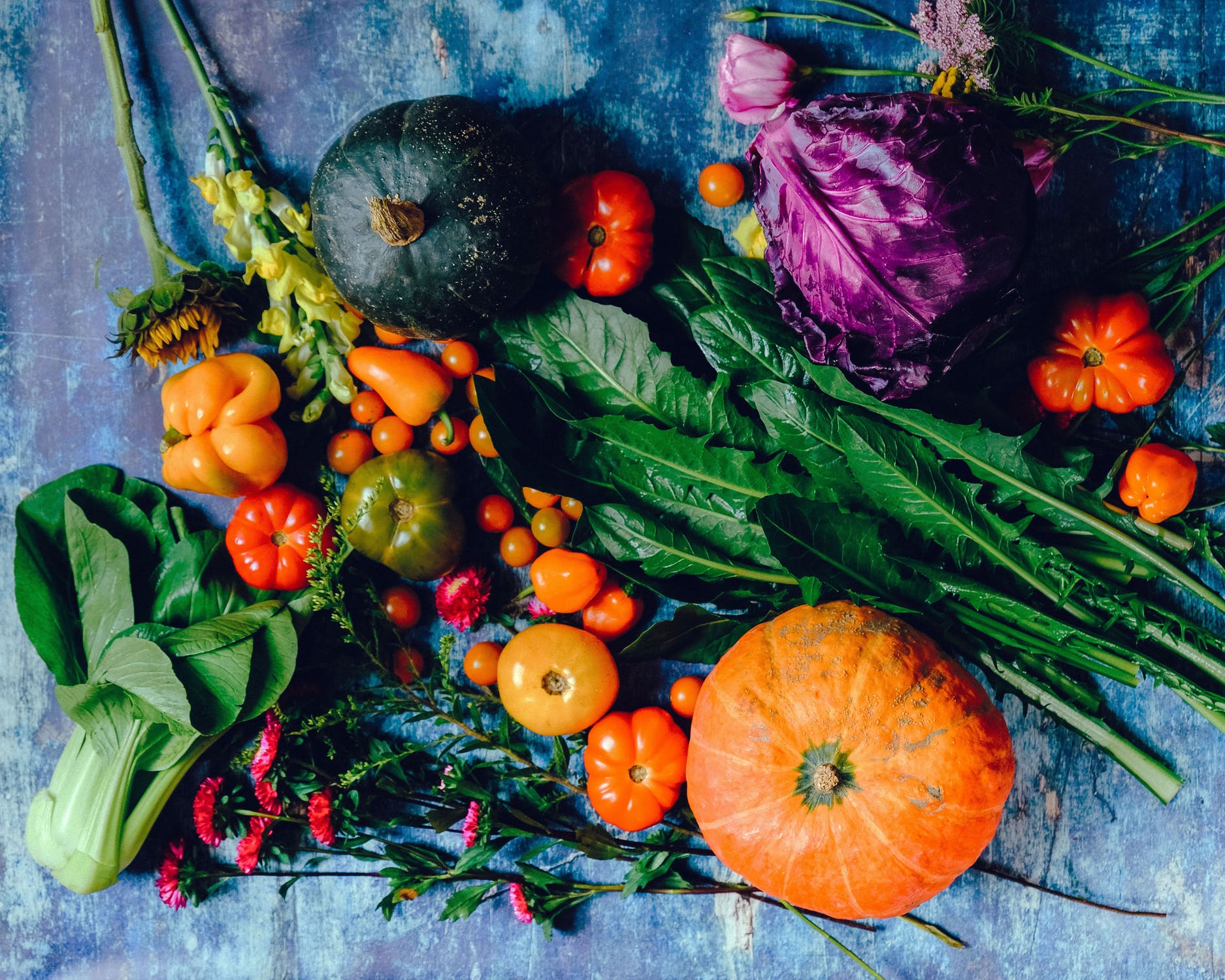It seems like new (and often-times conflicting) information comes out each day about what’s healthy to eat and what’s best to limit or avoid.
In the last several years, one theme has been pretty constant: Study after study indicates that eating less red meat is better for your health.
But just last week, the news was full of reports about studies in the Annals of Internal Medicine by an international group of researchers that stated there was no need for people to reduce their red and processed meat.
The New York Times reported it this way: “In a remarkable turnabout, an international collaboration of researchers produced a series of analyses concluding that the advice [to eat less red meat], a bedrock of almost all dietary guidelines, is not backed by good scientific evidence.”
A few important points to note: The new study doesn’t dispute the conclusion that there is a possible increased risk for heart disease, cancer and early death from eating meat. The scientists did say, however, that the risk was so small that it didn’t justify the popular recommendation to cut down or cut out red meat altogether.
But many renowned experts, including those at The American Heart Association, the American Cancer Society, the Harvard T.H. Chan School of Public Health and others, insist that the risks are valid and that the new study is flawed.
So, what’s a parent to do?
One thing we know for sure: Eating lots of fresh (or frozen) fruits and vegetables is widely accepted to be a healthful decision. Getting your kids to love apples, blueberries, spinach, broccoli and other healthy fare is a smart move.
Plus, eating less red meat is good for the planet.
A study published in the journal Nature analyzed how the global food system impacts the planet. It cited greenhouse gases that are released by livestock, deforestation and water shortages as some of the ways meat production is damaging to the environment.
Of course, these concepts may be hard to sell to your burger-loving kids. If health of their bodies and the planet seem a bit abstract to them, perhaps they’ll be motivated to decrease or even eliminate their consumption of meat based on their concern for animal welfare.
Whatever your stance on this issue, here are some tips on making vegetables and fruits appealing to your kids, courtesy of healthychildren.org:
- Provide fruits and vegetables as snacks. Keep fruit washed, cut up and in plain sight in the refrigerator.
- For younger children, you may want to cut veggies and fruits in shapes that will make them fun and appealing for kids.
- Serve salads more often. Get prewashed, bagged salad at the grocery store. Teach your child what an appropriate amount of salad dressing is and how it can be ordered on the side at restaurants.
- Try out vegetarian recipes for spaghetti, lasagna, chili or other foods using vegetables instead of meat.
- Include at least one leafy green or yellow vegetable for vitamin A such as spinach, broccoli, winter squash, greens, or carrots each day.
- Include at least one vitamin C–rich fruit or vegetable—such as oranges, grapefruit, strawberries, melon, tomato and broccoli—each day.
- Add a fruit or vegetable as part of every meal or snack. For example, you could put fruit on cereal, add a piece of fruit or small salad to your child’s lunch, use vegetables and dip for an after-school snack, or add a vegetable or two you want to try to the family’s dinner.
- Be a role model—eat more fruits and vegetables yourself.
Sources:














